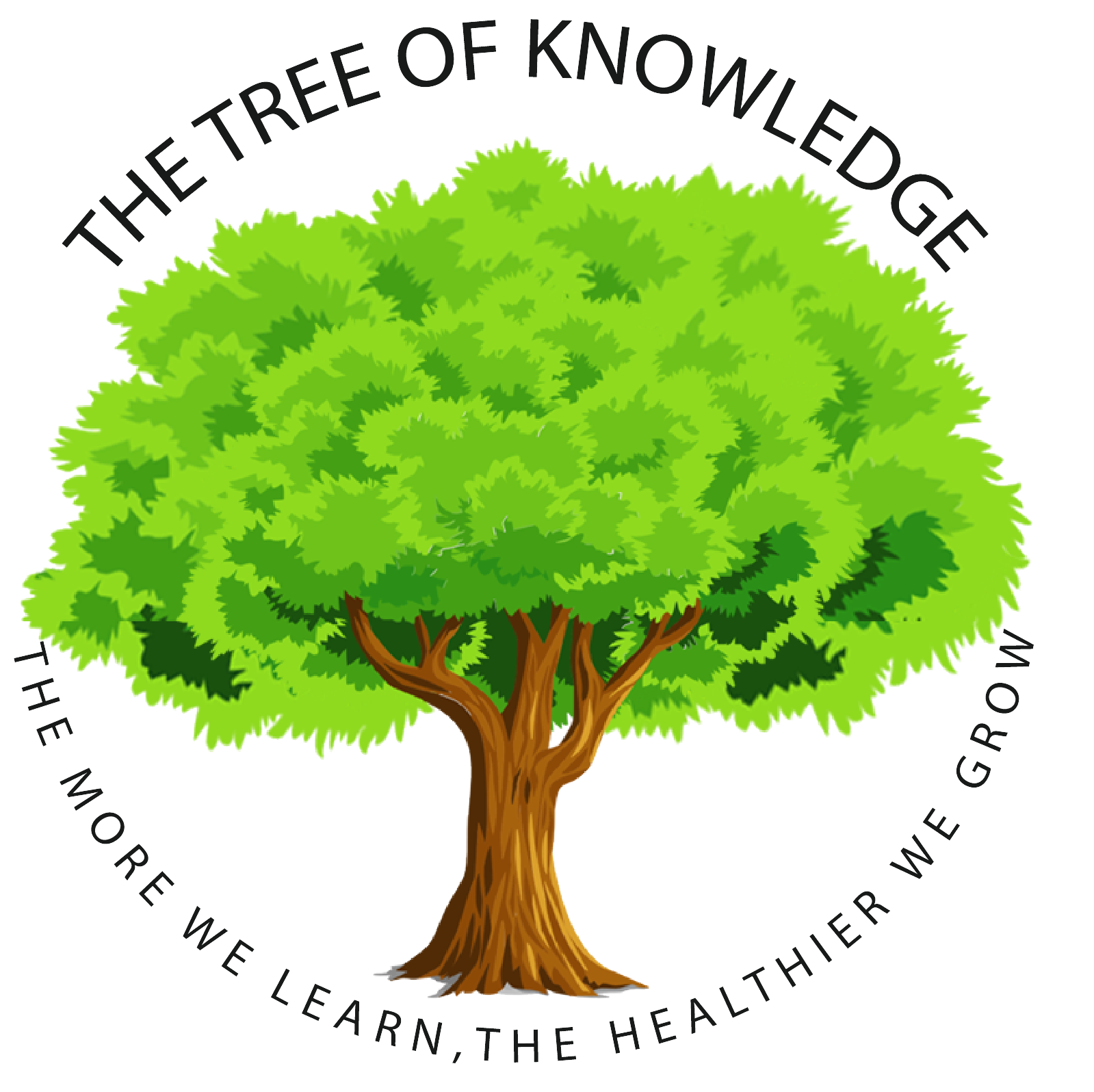Adapting Content For Webpages in a Image Manner
Cascading Style Sheets (CSS) is used alongside Hypertext Markup Terminology (HTML) to improve the appearance of internet pages and improve their user knowledge. CSS is able to separate the style from the content of a web page and gives web-developers more control of just how pages appear in different types, for example for people employing screen viewers.
How does the H1 factor look big and strong without an author style bed sheet?
The answer is that the CSS guidelines applied by simply our internet browser cascade down to the corresponding HTML elements, that is defined with an author style piece. If each of our browser says that the H1 element needs to be big and bold, as well as the author style sheet specifies that it is light, then the two designs will be merged and the H1 element can look as eye-catching, as you observe on this webpage.
Why do I need CSS?
The key reason why you need CSS is really because it gives you more specific control over what sort of Web page appears than CODE does. This kind of control allows you to apply similar formatting guidelines to multiple pages, by way of example on companies services pages.
Just how is the syntax for CSS?
The format for CSS is a simple mechanism for specifying the style of text message on a webpage, including fonts, colors and spacing. This https://csstopsites.com/2019/06/16/website-templates/ complies with requirements set by World Wide Web Bloc (W3C) and is also applied in many browsers.


